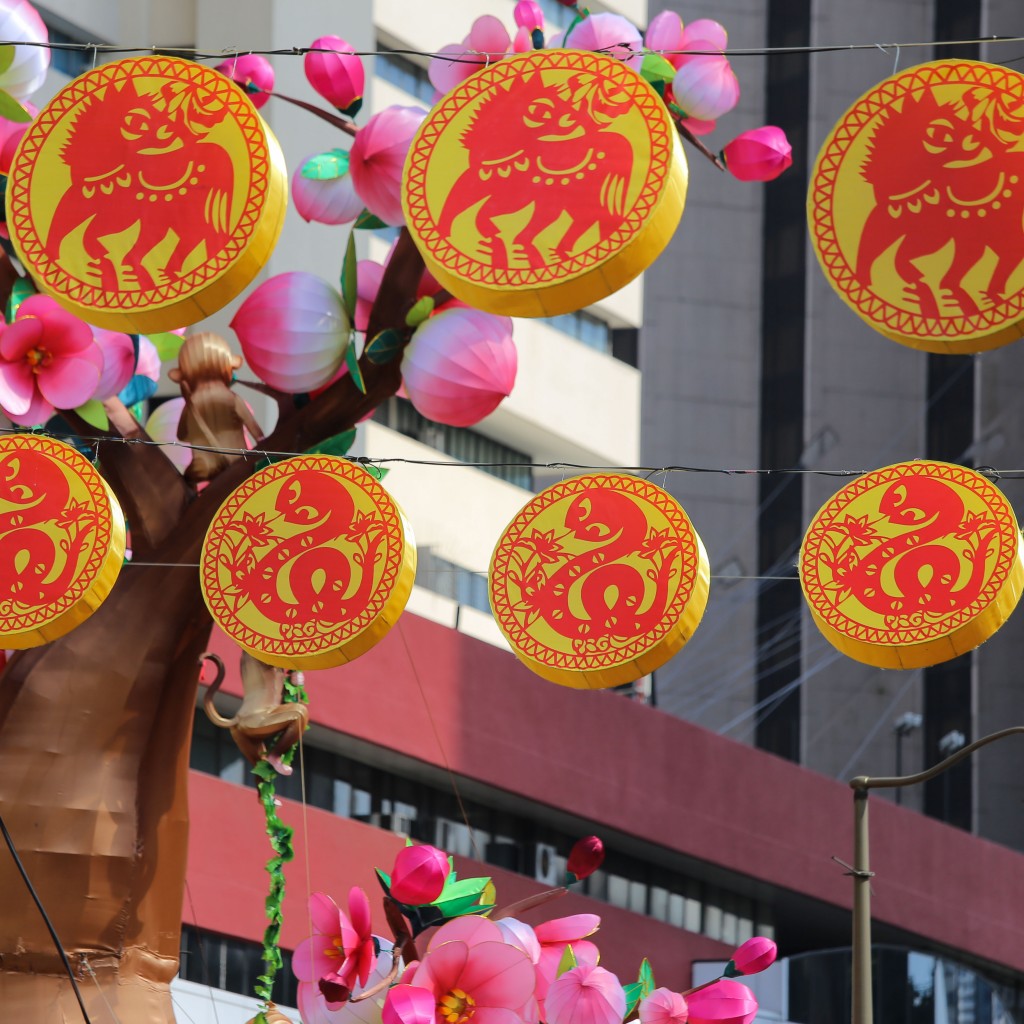Singapore Chinese Society in Transition: Business, Politics, and Socio-Economic Change, 1945-1965
May 22, 2018

What was Singapore Chinese society like in the post-war years of 1945-1965?
As of 2013, around 74.2% of Singapore’s population is comprised of ethnic Chinese, demonstrative of how impactful the Chinese population has been in the shaping of Singapore as we see it today. In fact, the Chinese Heritage Centre was established on 17 May 1995 to provide knowledge about Chinese communities outside of China.
In their 2004 book Singapore Chinese Society in Transition: Business, Politics, & Socio-Economic Change, Professor Hong Liu (NTU School of Humanities and Social Sciences) and Associate Professor Sin-Kiong Wong (NUS Department of Chinese Studies) examine Chinese society in Singapore during the post-war years of 1945-1965. They focus on the ways in which interactions amongst different members of the Chinese community shaped business, political, and social transformations. They argue that Singapore Chinese society has always been a heterogeneous and changing construct, made up of primarily two different types – the ethnic Chinese and the Straits-born or Peranakan Chinese community. In this book, however, the authors look more exclusively at the ethnic Chinese community and its impact on the development of Singapore.
Liu and Wong touch on various historical moments such as the Ten Years Program of 1947 and the Chinese Student Movements in the 1950s. They also address case studies of notable businessmen such as Lee Kong Chian and Tan Lark Sye. The book helps demonstrate the multi-faceted and dynamic nature of ethnic Chinese society in Singapore in the two decades leading up to its independence.
Buy the book here.
